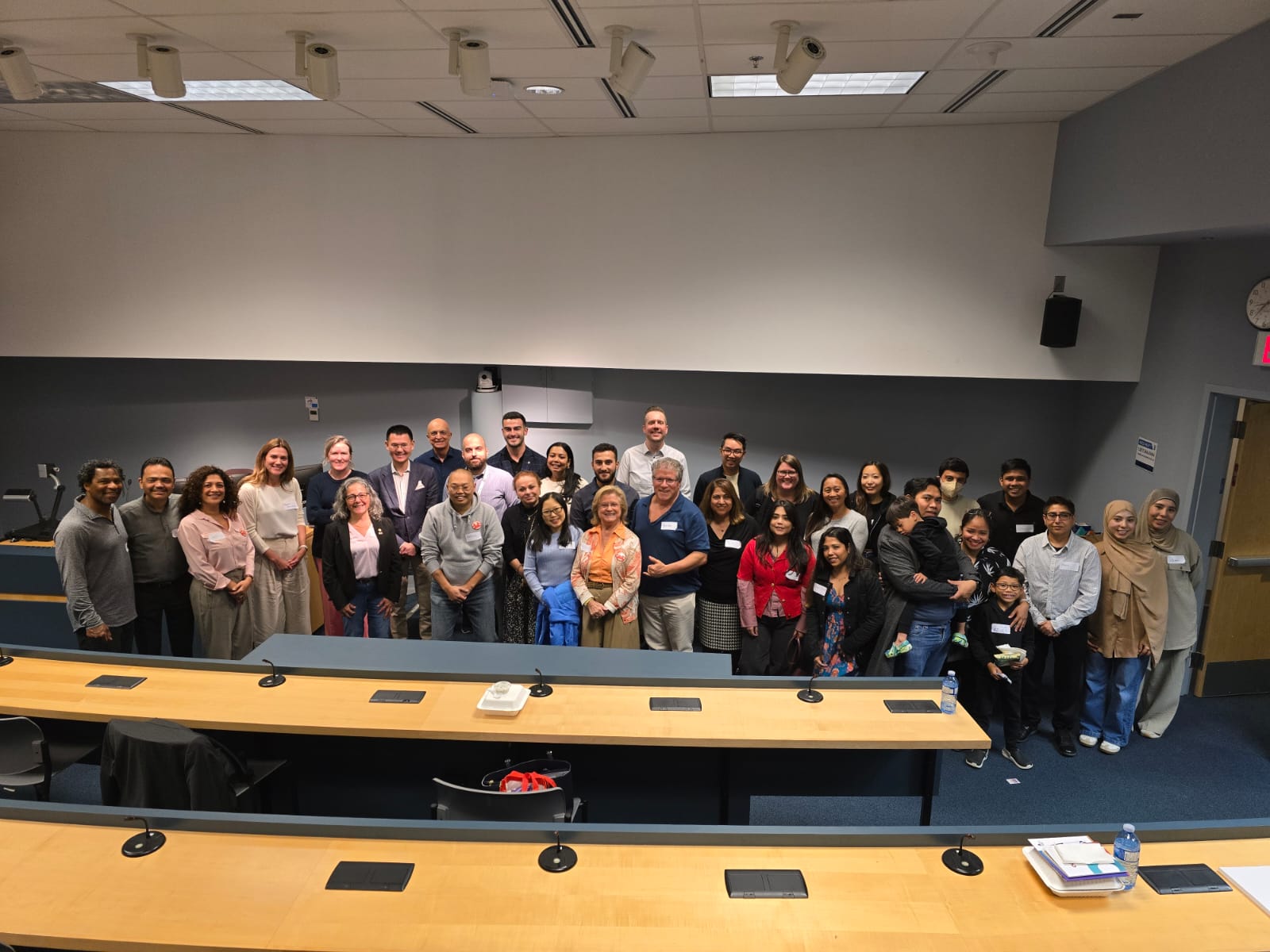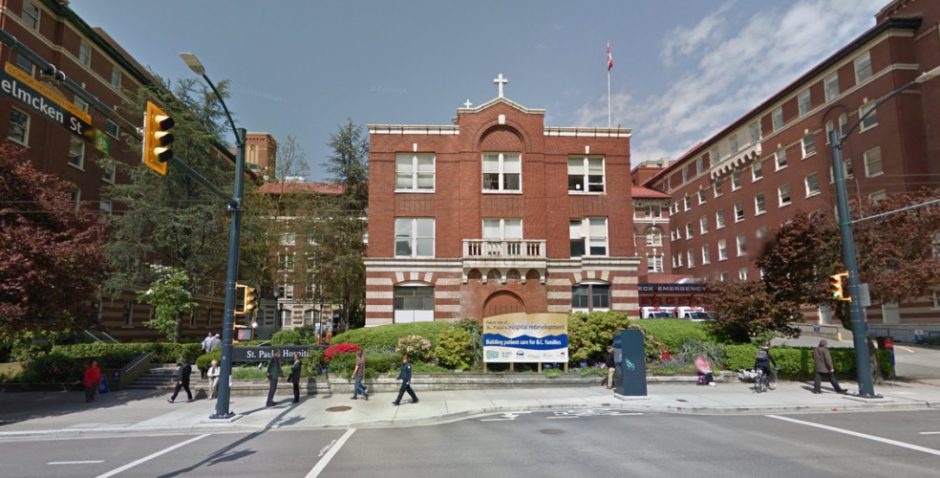Introduction
Thalassemia is more than a medical condition; it’s a journey shared by patients, families, friends, and healthcare providers. Living with Thalassemia can present physical, emotional, and social challenges, but with the right support network, those affected can find strength, resilience, and hope. This blog explores the importance of community support, advocacy, and empowerment for individuals and families facing Thalassemia.
The Challenges of Living with Thalassemia
Thalassemia is a genetic blood disorder that disrupts normal hemoglobin production, leading to symptoms like chronic fatigue, anemia, and complications due to regular blood transfusions. For patients, managing Thalassemia involves frequent medical appointments, strict treatment routines, and adapting to physical limitations. For families, supporting a loved one with Thalassemia requires commitment, patience, and an understanding of the condition’s complexities.
How Community Support Makes a Difference
A strong support network is essential for navigating the ups and downs of Thalassemia. Support networks provide:
- Emotional Encouragement: Knowing others who face similar challenges can ease the feelings of isolation often associated with chronic illness.
- Shared Knowledge: Community groups, like the Vancouver Thalassemia Society, offer access to resources, treatment information, and tips from other patients and families.
- Advocacy and Awareness: By participating in awareness campaigns, individuals can contribute to educating the public and increasing visibility for Thalassemia, which helps attract funding for research and support services.
Connecting with Organizations and Support Groups
Organizations dedicated to Thalassemia, such as the Vancouver Thalassemia Society, provide valuable resources and bring people together for mutual support. Through organized events, educational workshops, and online communities, patients and families have opportunities to connect, learn, and advocate for themselves and others.
Empowering Patients Through Self-Advocacy
Learning about one’s own condition is a powerful tool. Self-advocacy involves understanding treatment options, discussing concerns openly with healthcare providers, and knowing patient rights. By feeling empowered to ask questions, set goals, and advocate for personal needs, patients can play an active role in managing their health.
Raising Thalassemia Awareness for a Stronger Community
Raising awareness is crucial to improving the lives of those affected by Thalassemia. Here’s how everyone can make a difference:
- Educational Outreach: Informing schools, workplaces, and communities about Thalassemia helps create understanding and support.
- Fundraising Events: Participating in or organizing events raises both awareness and funds for research, providing hope for future treatments.
- Social Media Advocacy: Sharing personal stories or facts about Thalassemia on social media can reach a broader audience, helping to reduce stigma and increase awareness.
The Role of Healthcare Providers in the Support Network
Healthcare providers are a cornerstone of support for Thalassemia patients, offering guidance, treatment, and encouragement. Patients and families benefit greatly from working closely with healthcare teams to develop personalized treatment plans, ensuring that each step is informed, compassionate, and tailored to individual needs.
Conclusion
Living with Thalassemia can be challenging, but no one has to face it alone. By building a strong, connected community, advocating for awareness, and empowering individuals to take charge of their health, we can create a world where Thalassemia is met with support, understanding, and hope. The Vancouver Thalassemia Society stands as a pillar for those affected, providing resources, community, and a network of compassion.




